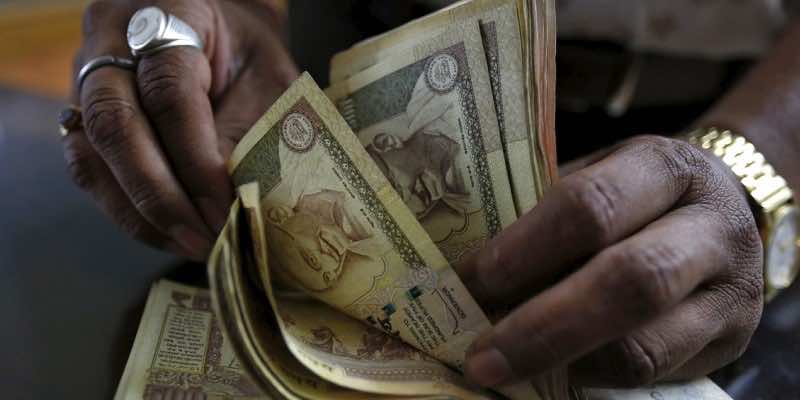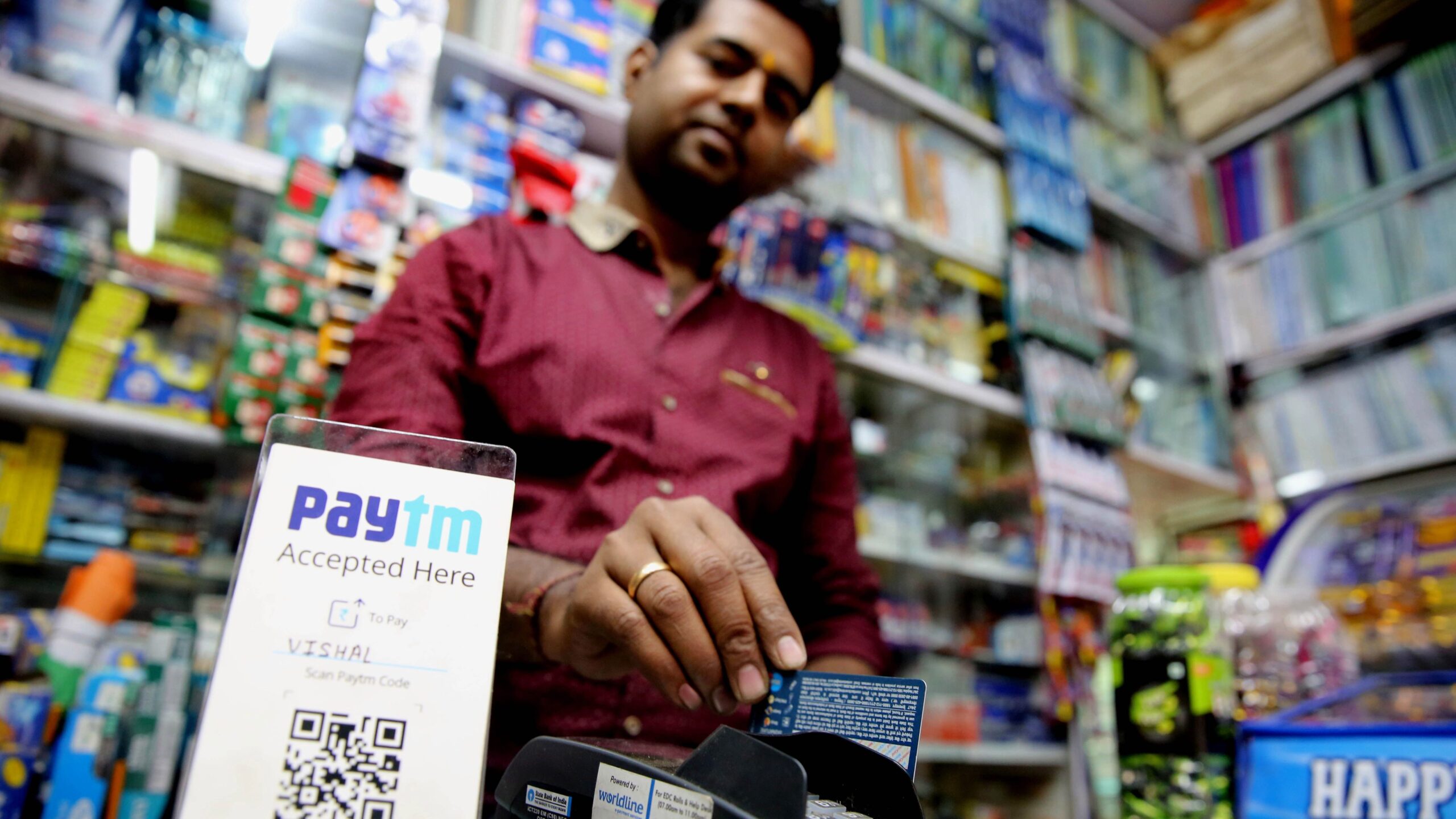Throughout my stay in India, I’ve noticed a significant rise in how more customers are paying from their phones and cards instead of cash. With the advent of advanced technology, the traditional cash-driven economy is gradually giving way to a new era of digital payments in India, charting first in the world in terms of the number of digital transactions in 2020.
Everyday Companies
Companies such as PayTM, PhonePe, Google Pay provide consumers with platforms that are convenient and secure, while offering a multitude of services for the user through apps on smartphones. These apps allow users to pay bills, recharge mobiles, send money, and make purchases, effectively replacing cash transactions for supporting digital payment for various daily needs. A common problem that these apps solve is not having to count exact change. When paying with cash or coins, there is an issue if the supplier does not have exact change, which leads to more time being spent trying to pay. With a quick photo and a 4-digit pin, digital transactions can occur in less than 30 seconds. It is clear that the increased use of smart devices contributes to why digital transactions occur, but there is also government and policy support to back up the support for digital transactions.
Positive Government Support
In 1996, Industrial Credit and Investment Corporation of India (ICICI) first launched online banking services in India, by using electronic banking at its branches. Following soon, famous banks such as CitiBank and HDFC also expanded to online banking through servicing. The rise of banks and digital payment transactions caught the attention of the Indian government, which aimed to create a settlement payment industry. India’s national banking corporations, the Reserve Bank of India (RBI) and Indian Banks’ Association (IBA) created the National Payments Corporation of India (NPCI) in 2008. “Since then, it has launched several products such as Aadhaar Enabled Payments System, Bharat Bill Payments System (BBPS), BHIM, and Cheque Transaction System” as stated by the Indian Brand Equity Foundation (IBEF).
Effects of Digital Payments
With the issue of traceability and black money, digital payments combat financial fraud because they can be tracked with ease. The effect of digital payments can also be seen in the formalization of the economy which has resulted in enhanced tax collection and a broader tax base. In a survey based empirical study conducted by J BANK FINAC TECH in 2021 aimed to highlight the important factors at the individual level, which influence the consumer’s decisions to use cash or digital payment. The study includes that “digital payments offer convenience by saving time and labor”, even though cash has been in society for a long time.

An increased use of cash gives way to financial fraud and the use of fake money.
Although the advance in the number of digital transactions has had an overall positive effect, data breaches and cyber threats leave consumer’s financial information at danger. To fight this, the government and financial institutions have been actively working to implement safe security measures to build trust and confidence in digital payment systems so more people utilize these services.
Sources:








+ There are no comments
Add yours